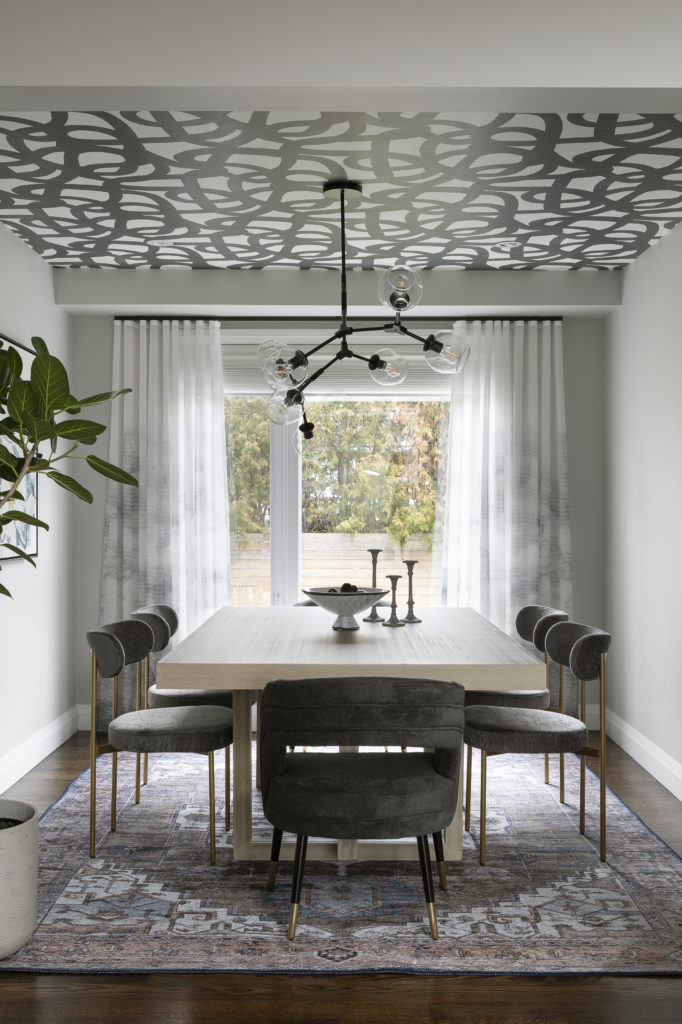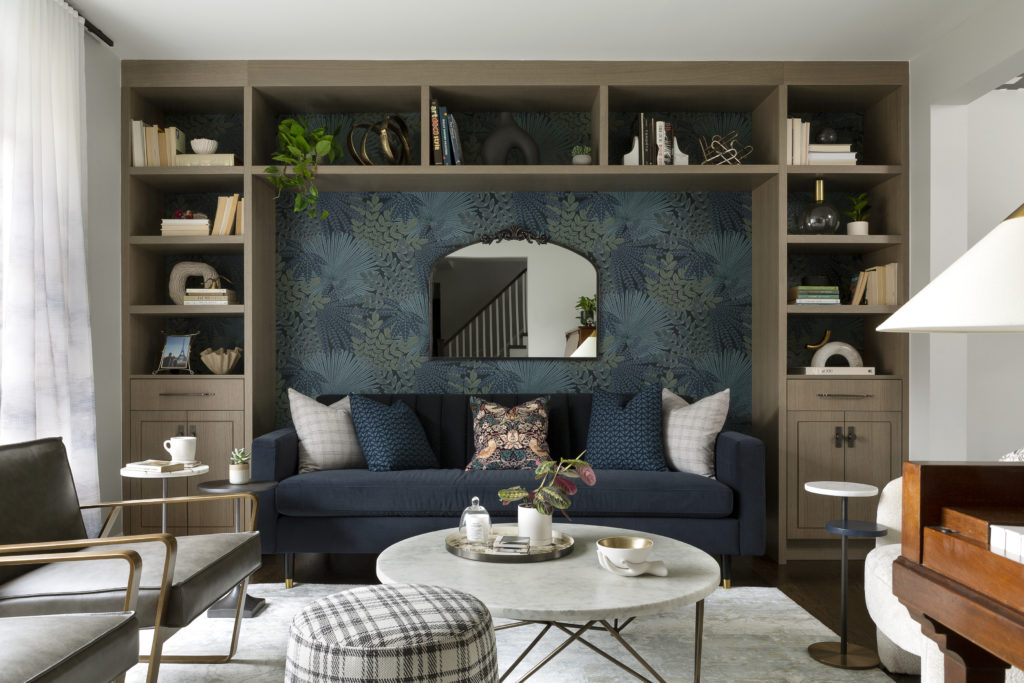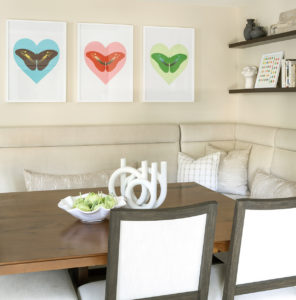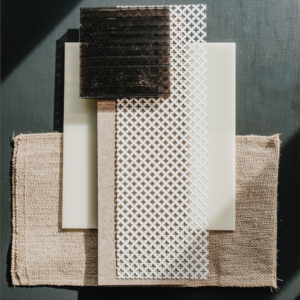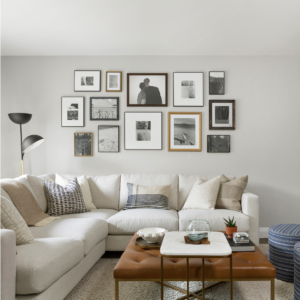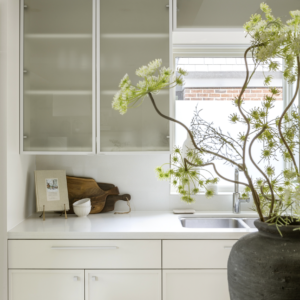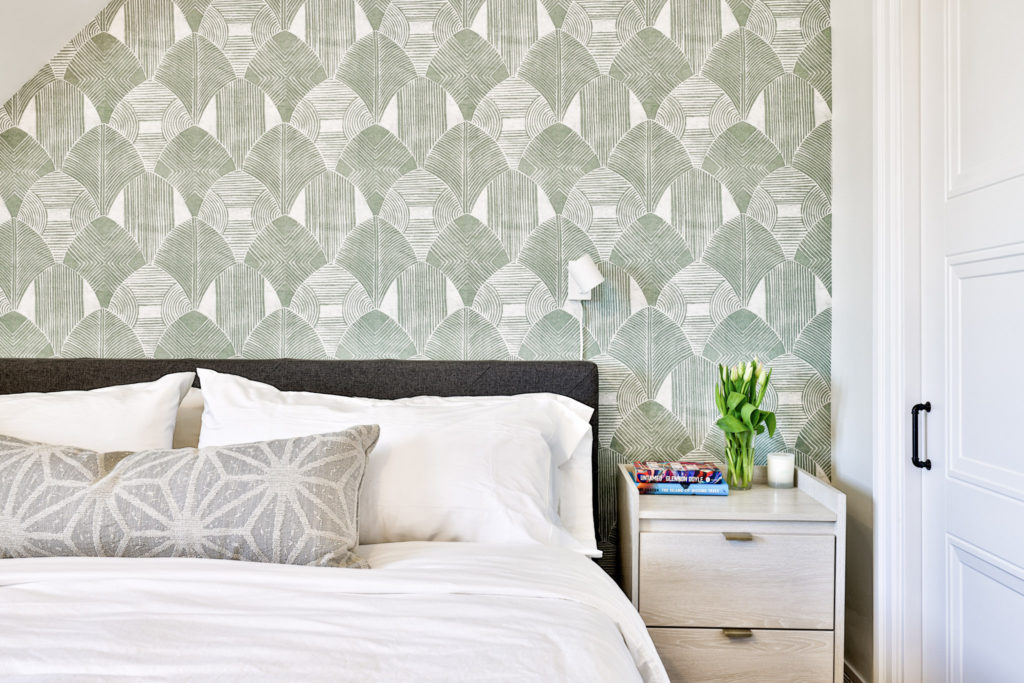Finding moments of peace and inspiration in our spaces has become a top priority in our fast-paced lives. Luckily, a science-backed design approach called “neuroaesthetics” has emerged to help us achieve just that. Neuroaesthetics explores the fascinating connections between aesthetics, art, design, and the human brain which is now a guiding force in the world of design and our practices at Mindwell Design.
We all have an inherent attraction to nature and our environment. Science has shown that our surroundings influence our decision-making, productivity, behavior, and even our mental and physical health.
This is where neuroaesthetics comes in.
Spaces that are neuroaesthetically designed have the power to enhance our cognitive and emotional experiences through design that caters to what’s good for our bodies and brains. By tapping into our natural appreciation for beauty, neuroaesthetics helps guide interior design that truly resonates with us and meets our needs.
The result?
Spaces that offer us a sense of peace and engagement, while also scientifically proving that good design is good for our health.
It’s a space that understands the intersection of neuroscience and design in creating awe-inspiring environments. At Mindwell Design, we prioritize the health and happiness of our users. Understanding the needs of the individuals who inhabit space is essential in creating positive environments. Our attraction to aesthetics, especially those found in nature, is deeply rooted in us. This means that our admiration for beauty is not a new phenomenon—It’s something we have always done. Neuroaesthetics takes this innate attraction and goes beyond superficial appearances. It focuses on how a space can positively impact us from the use of specific colors and patterns to the strategic placement of objects, and our knowledge of leveraging these insights to create captivating and harmonious environments.
Some key considerations in neuroaesthetic design include:
To sum up, neuroaesthetically designed spaces are crafted to awaken our senses, enhance our well-being, and optimize our cognitive and emotional experiences. These spaces prioritize the interactions between people and the space with the fascinating connection between neuroscience and design. Whether it’s an office, home, or public area, neuroaesthetics has the potential to transform our surroundings into uplifting environments that promote well-being and enrich our lives. So let’s embrace the science of design and foster spaces that bring us peace, joy, and inspiration.
We use the principles of neuroaesthetic design in our process to create spaces that allow you to be your happiest and healthiest self.
